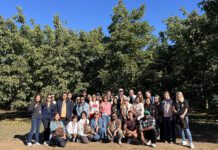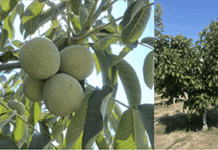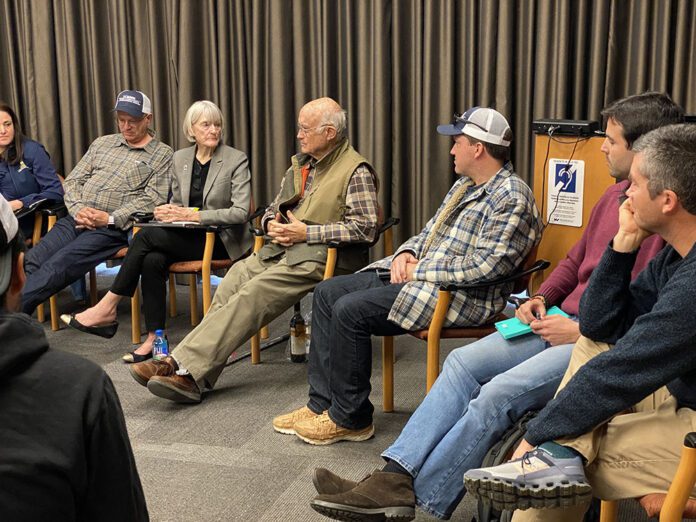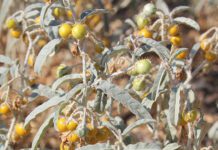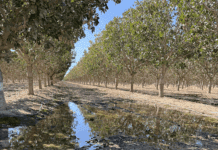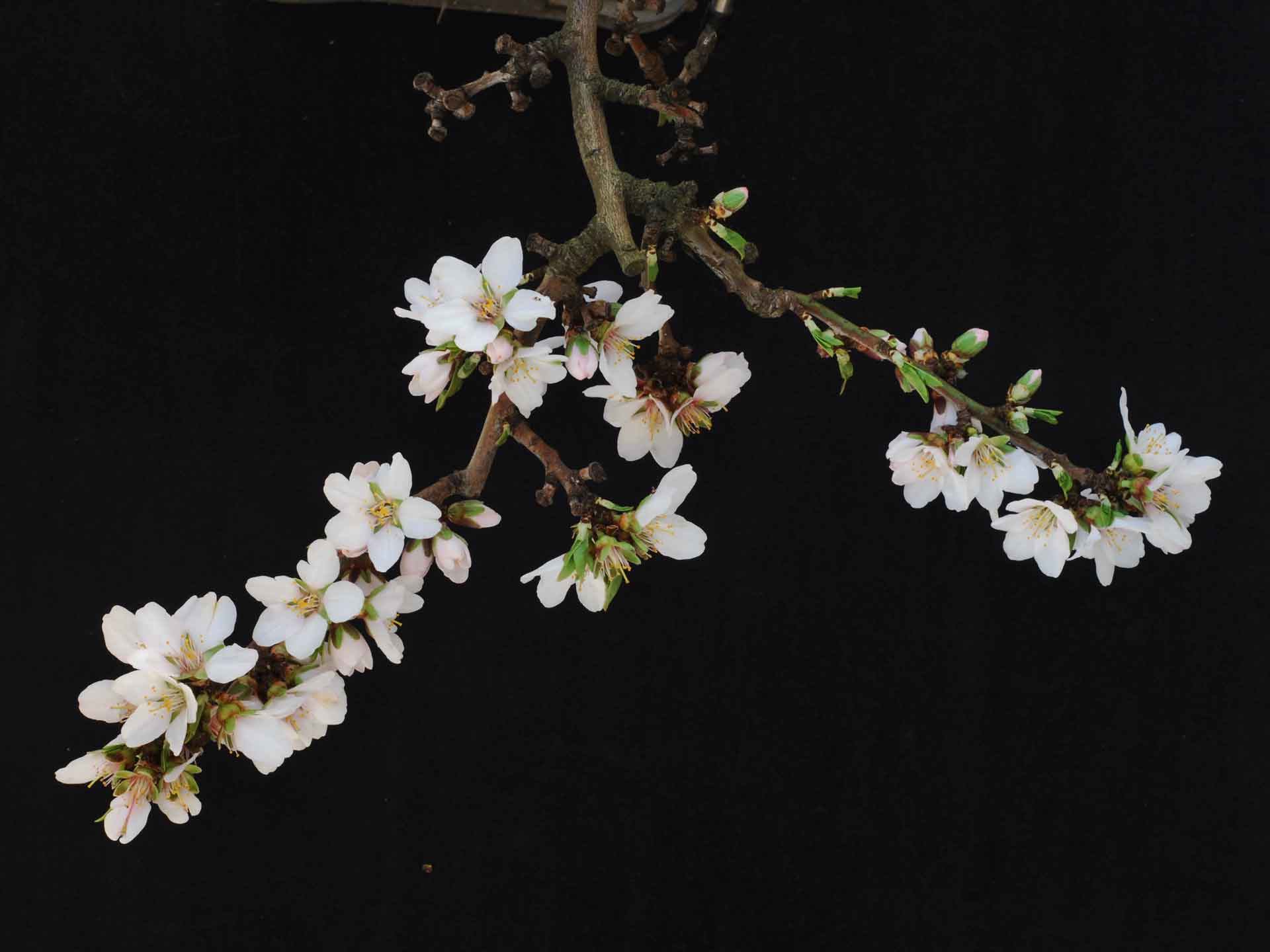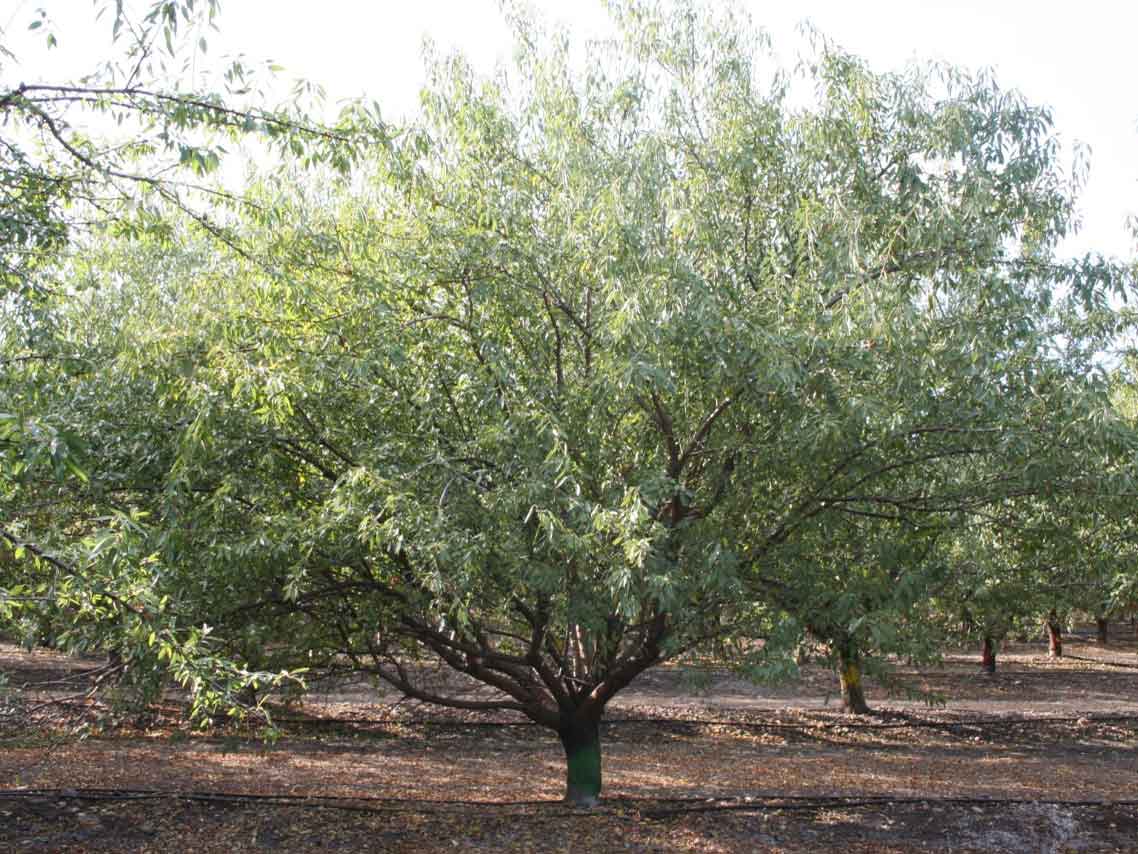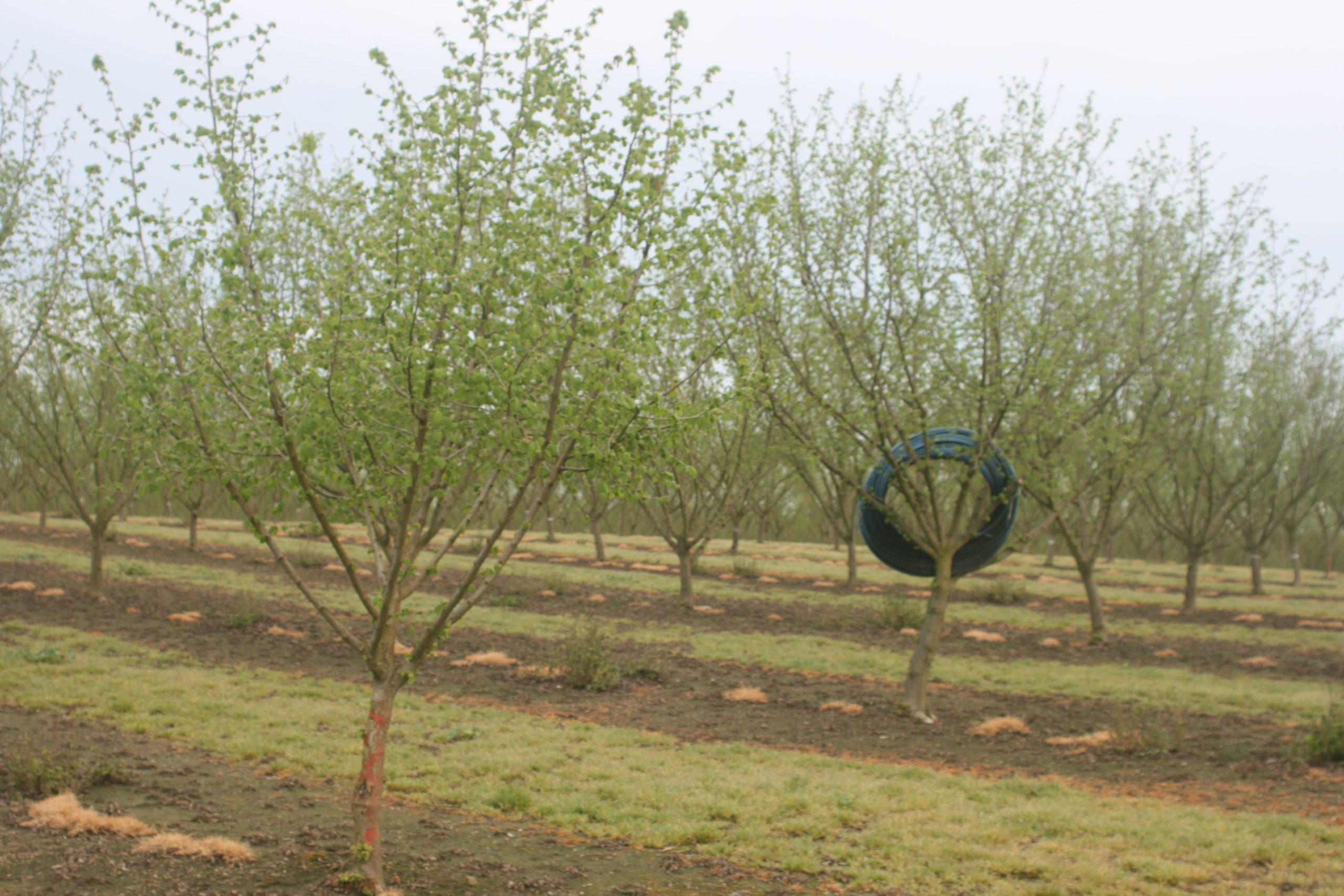UC Davis is enhancing and expanding its Pistachio Breeding Program after a generous gift from philanthropist and pistachio grower Rod Stiefvater, who is donating more than $335,000 over three years to develop new rootstocks that thrive under changing climate conditions.
Stiefvater is also donating plots in Kern County on his Oro Vista Farms property for UC Davis researchers to plant rootstocks and scions and conduct trials, all under the care of his seasoned farm managers and workers.
“I view it as a way to give back to the industry that has provided for my financial success in ways I never dreamed possible,” Stiefvater said. “They’ll receive daily attention to whatever needs arise, whether it be planting or irrigation or whatever. All those sorts of things we can handle and handle very efficiently.”
The gift establishes the Louise Ferguson and Craig Kallsen Pistachio Research Fund for new varietal pistachio research in Kern, Kings and Tulare counties. Ferguson is a UC Davis professor of Cooperative Extension with a focus on pistachio, olive, citrus, fig and other crops. Kallsen was a UCCE farm advisor for Kern County who retired in 2023. Both have close relationships with Stiefvater and others in the pistachio industry.
“What is so uniquely valuable here is the opportunity to leverage the expertise of experienced professionals who understand how to manage this material,” Ferguson said. “There’s no way we could purchase what he’s giving us.”
Stephen Vasquez, executive director of the California Pistachio Research Board, said the gift from Stiefvater of Oro Vista Farms is exciting news for UC Davis and the industry.
“This contribution will specifically aid in breeding new pistachio rootstocks and varieties, a challenging task due to the nature of this dioecious crop,” he said. “The expansion of variety trials across various locations aligns with industry research, promising advantages for all growers by reflecting the diverse industry landscape.”
As climate continues to challenge California agriculture, Vasquez said grower involvement and donations like this help advance the pistachio industry, improving variety resilience.
“In addition to being challenged by climate anomalies, promising varieties will be challenged by insects, diseases, soil-related issues and other threats to pistachio quality and yield in a commercial setting, resulting in opportunities to develop real solutions,” Vasquez said. “It’s the perfect example of a private-public partnership.”
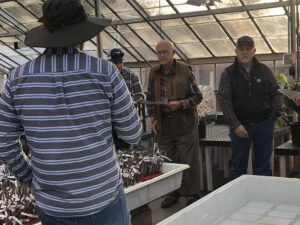
Pistachio Breeding
The Pistachio Breeding Program is currently led by associate professor Patrick J. Brown and associate professor of Cooperative Extension Giulia Marino, both in the Dept. of Plant Sciences.
Brown will focus on breeding, and Marino will evaluate pistachio rootstocks and varieties. A third person, funded by the gift, will help with the evaluation of the material located on Oro Vista test plots in the southern San Joaquin Valley, as well as test plots previously established by Kallsen and Professor Emeritus Dan Parfitt.
The Oro Vista location provides the college with a chance for research in the Bakersfield area, where the majority of California’s nearly $3 billion in pistachio crops are grown. The area is drier, warmer and saltier than up north.
“This would be an extension reaching further south but would hopefully add to the diversity of the test plots,” Stiefvater said. “What you want to be able to do is to have both rootstocks and tops that will thrive in different climatic conditions. If you have a long-term crop or a permanent crop, you’re always looking to have that sort of flexibility.”
Pistachios evolved in the high deserts of Central Asia, Iran and Afghanistan, growing at about 3,500 feet. California trees typically grow at altitudes below 100 feet, Ferguson said.
The mountains and winter rains of the southern San Joaquin Valley brought a cool fog, helping the crop grow. But those foggy days are not as plentiful as they once were, and that can harm production.
“Now that we have no fog, we have radiant heating from the sun directly onto the tree,” Stiefvater said. “It may not continue to be economical to grow pistachios down here in the southern San Joaquin Valley. So obviously, that’s a major concern of mine and the industry.”
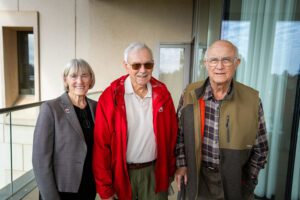
A Relatively New Crop to California
Pistachios arrived in California in the 1970s, and today they rank as the sixth most valuable commodity in the state, according to the California Department of Food and Agriculture.
The industry needs more varieties to thrive long term. Pistachios are a healthy snack and serve as a rich source of healthy fats, protein, fiber and other beneficial nutrients.
“This land from Rod sort of fills a gap in the cultivar release process,” Brown said, adding growers want to see how varieties grow in commercial environments rather than solely in university settings. “This is a really key step in getting things out there.”
Plant material from Parfitt and Kallsen’s research plots will be moved to Oro Vista and evaluated for performance, yield and disease, as well as for beneficial traits such as resilience under warming temperatures or low water quantity and quality, Marino said.
“It’s really very precious material that needs to be preserved, so having the possibility to put it all in one location would be a huge facilitation for us,” she said.
Being able to monitor yield and quality over time is also helpful because conditions like very wet or cold seasons can change from year to year and affect whether one variety is used or another. “If a tree is not productive or doesn’t have good nut quality, no grower will plant it,” Marino said. “That is also important.”
Working Together
Industry partners, including the California Pistachio Research Board, play key roles in funding and advancing research, as does philanthropy from individual donors. Funding and crop management gifts, like the kind from Stiefvater, fill the gap in the face of dwindling public research funding while also providing a key connection to industry, UC Davis College of Agricultural and Environmental Sciences Dean Helene Dillard said.
“This gift from Rod will have a tremendous effect on the success of the Pistachio Breeding Program and the industry itself,” Dillard said. “Only by working together can we meet the challenges of a changing climate and safeguard the future of this valuable crop.”
Ferguson and others hope this new partnership could serve as a model for future collaborations. “We’re hoping that if this is successful, we would garner support from other members of the industry in addition to Rod and perhaps establish a larger fund,” Ferguson said.
To make a gift to the Pistachio Breeding Program or the Dept. of Plant Sciences, contact Jennifer Martinez at jelmartinez@ucdavis.edu or 530-902-5985 for more information.



